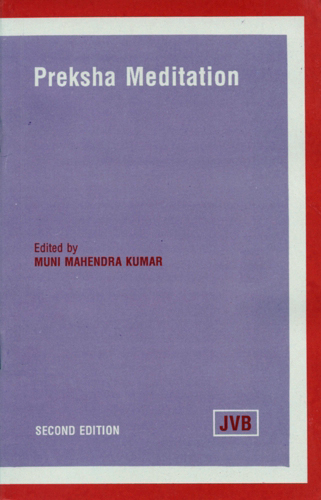Whenever one encounters a stressful situation, an innate mechanism is automatically put into action. This mechanism involves (a) hypothalamus - the remarkable portion of the brain which integrates all functions of the body which are not normally controlled by the conscious mind, (2) pituitary gland, which is called master of the endocrine system, because it regulates the other glands, (3) adrenal gland, which secretes adrenalin and other hormones to keep the body tense and alert, and (4) sympathetic component of the autonomic nervous system which is responsible to ultimately prepare the body for 'fight and flight'.
The psychological conditions which are brought about by the integrated action of the above are:
- Blood-supply to the digestive system is curtailed, digestion slows down or is halted.
- The salivary glands dry up.
- Respiration rate increase; breathing becomes faster or gasping.
- The liver releases some of the store of blood-sugar and it is carried to the muscles of the arms and legs.
- The heart beats faster to pump more blood where it is most needed and blood-pressure rises.
All animals including human possess the innate mechanism and its response which prepares one for 'fight or flight' is involuntary. When stressful situation regularly recurs, the stress mechanism is repeatedly activated. If the physiological conditions described above persist over a long time or frequently recur, serious disorder would occur. Thus if blood-pressure remains high, and blood-vessels constricted, it will result in heart-attacks or strokes: if the impoverished blood-supply to the stomach is prolonged, there will be digestive disorders; if the breathing is prolonged at a high rate, it may result in asthama etc., sustained muscle-tensions will bring aches and pains in the head, back, neck and shoulders. Besides these, chronic tension may also bring feelings of panic which is irrational fear and which can be not only frightening but also crippling. There is plenty of evidence now to show that tension may play a significant part in promoting or triggering off a great many illnesses.
Fortunately, we do also possess an innate mechanism which produces physiological conditions, which are diametrically opposite to the 'fight or flight' response. Nobel Laureate Swiss Physiologist, Dr. Walter described this response as a protective mechanism against overstress, promoting restorative processes and called it 'trophotropic response'. Dr. Herbert Benson, M.D., has termed this reaction as 'relaxation response'.
It is possible to train ourselves to activise the protective mechanism and to influence our reaction to stress. The increased secretion and output of adrenaline can be normalised and the sympathetic dominance counter-balanced by increased parasympathetic activity. Regular practice of Kayotsarg is a potent remedy for the dangerous diseases of the modern times.
 Prof. Muni Mahendra Kumar
Prof. Muni Mahendra Kumar

